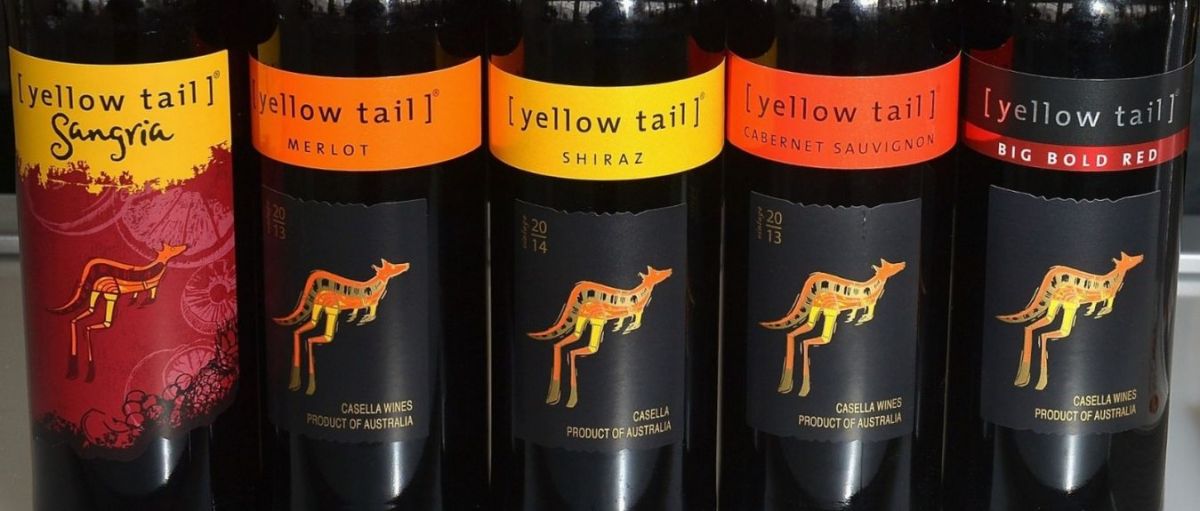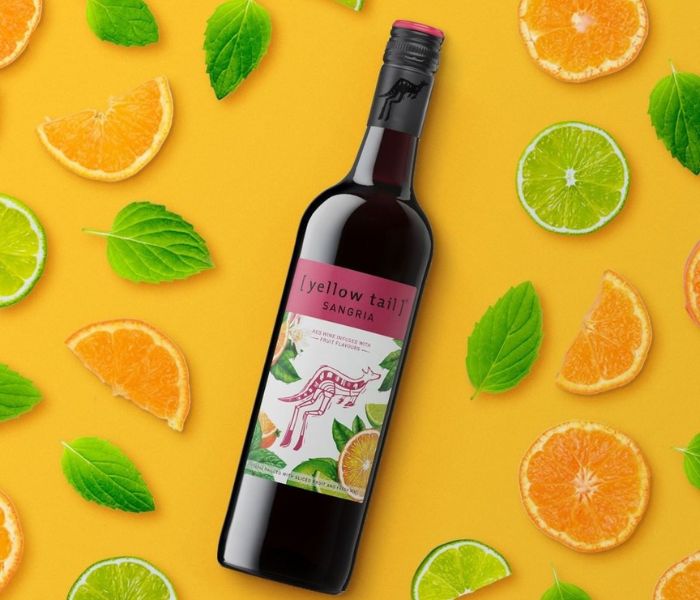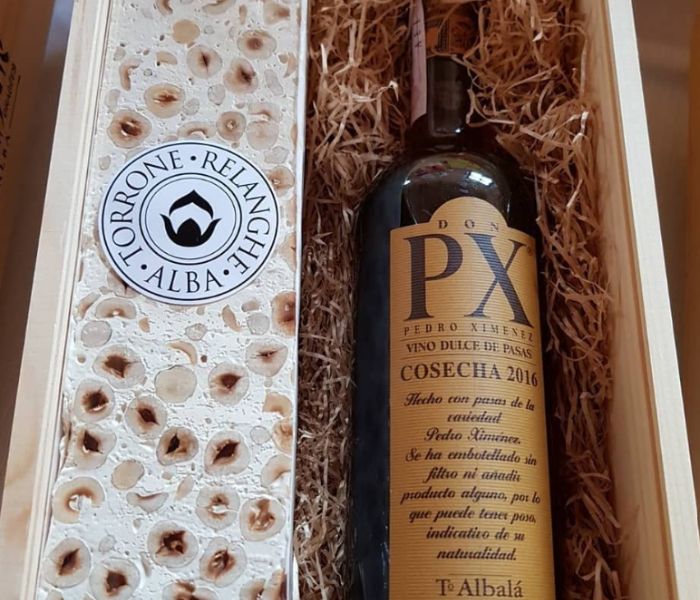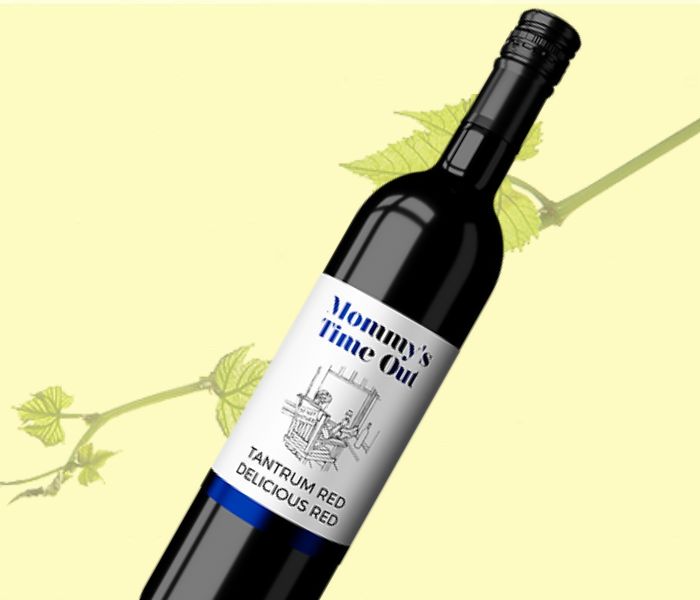Warehouse
Open from Jan 1st - July 10th 2026
Judging
Date
July 27, 2026
Winners
Announced
August 12, 2026

It was no longer enough for the wine companies to make the best product they need to communicate their brands to the customers effectively. The act of branding has become immensely connected with the art of storytelling. These stories talk about the product so that it can attract consumers.
Ideas like emotional marketing, experiential marketing, and brand equity were born as a result of these revolutionary marketing and publicity ideas, with the primary goal of reaching and influencing new consumers. These new marketing strategies reflect a transformation from product-centric marketing toward brand-centric marketing. The goal of brand-centric marketing is to establish mutual trust between the company and its customers based on authenticity, integrity, and image. The majority of people purchase wine based on the label on the bottle. As a result, your wine branding must properly reflect your winery's identity. A wine label must tell the customers everything that is necessary for them to know, such as the varietal, the target customer, the origin, the notes, and the appropriate setting for the wine.
[[relatedPurchasesItems-44]]
Whether you're a small-scale winemaker producing limited barrels for yourself and a few friends, a larger-scale winemaker looking to sell your product, or a graphic designer in charge of designing a delicious wine label, it is important to customize your marketing or branding strategies while keeping the brand in mind as it will guarantee that the wine ends up in the right drinkers' glasses.
Below are some of the reasons which will help you to understand in detail the importance of marketing, branding, and storytelling in the wine industry.

Image Source- Yellow Tail
Every industry relies on marketing. It's the science that integrates research, innovation, communication, and value delivery to meet the requirements of a specific target audience. Marketing is responsible for defining, measuring, and quantifying the size of the market base, as well as tapping into its potential. It can be challenging for companies to prosper without a proper marketing strategy. A product cannot be released without a preliminary marketing plan based on actual data from companies that understand the importance of marketing. But several businesses, particularly those in the wine sector, do not consider marketing to be crucial to their success. Even the finest products in the world need a plan for reaching out to potential customers because no one will purchase a product if they have no idea about it.
One of the important factors that come under marketing is labeling. Every label uses a wide range of elements to tell a story and represent a brand. The following are three design aspects that can significantly impact a customer's perception of the wine brand: color, graphics, and typography. A wine label's design conveys more than the wine's age, nationality, and varietals. It can awaken particular emotions, bring back memories, and even impact the flavor of the wine. Even before the bottle is opened, the wine "talks" to the consumer through the label.
Look at the success of Yellow Tail and you will see that it is largely due to the wine company's marketing efforts. When the company tried to get into the American market, it learned it cannot match European wines and their traditions even with their fine quality. But they adopted an amazing entire marketing plan. Yellow Tail managed to avoid the already overcrowded market and competition by carving out its niche and market and for them, this worked out rather well. The company started attracting younger wine drinkers and connoisseurs who aren't concerned with showing off their expertise in body, aroma, aging characteristics, or other wine characteristics. Their motto was to create a new product that was exciting, fun, and affordable. The label is basic, with a single Yellow Kangaroo which is similar to reds and whites, and the upper portion of the label varies in color depending on the type of grape used.

Image Source- Toro Albalá
Good wine branding that has a professional-looking and visually appealing logo, label, color palette, and bottle selection, makes a positive first impression immediately. Several modern winemakers want to use sans serif fonts, vivid colors, and bold artwork to create a distinctive yet sleek and simple style. But traditional brands like to use traditional designs such as wordmark logos, classic iconography, serif fonts, and muted colors to represent their classic style. Wine branding is more than just label design. A consumer's perceptions of your brand are influenced by small characteristics of the bottle, such as its shape and whether it has a cork or a screw top. Even the packaging of wine indicates where the wine belongs in the market.
Consumers' perception is crucial when it comes to wine branding, or basically any sort of branding and this is one of the reasons why corks are still used in so many wines. To successfully brand any product it is important to accurately determine your ideal consumer profile. If you want to sell your wine to someone who will purchase it, drink it, and buy it again, you need a clear picture of who that person is. You can efficiently create a brand identity that attracts the buyer once you've decided who are your wine consumers. That involves finding an accurate font, selecting an attractive color scheme, and making a label that draws people in from the shelf.
[[relatedPurchasesItems-27]]
Branding is an important part of wine companies and Toro Albalá takes that to a different level. The Don PX Convento Selección wine from Toro Albalá is one of the finest quality wines that are produced worldwide. The bottles are often 80 to 100 years old, which makes them a very prestigious wine. Toro Albala offers the wine in a wooden box with a hand-engraved "label." The label for this wine has old, handwritten messages and pays a lot of respect to the area's history and heritage. Even their 2014 vintage is a historic wine that maintains every artisan's trade secret as it follows a similar production procedure. You can get more information on the selection inside the wooden crate that stores this wine. They do everything to grab the attention of their customers. The label is bold, with little white space. It indicates that the manufacturer wrote and signed it by hand. Every bottle also has a wax seal, and the bottle cap appears to be made of glass.

Image Source- Mommy’s Time Out
Wine has a poetic quality that no other beverage can match. Every bottle contains a long and illustrious history of grape fermentation over generations. Wine has been consumed in ancient Greek courtyards, by Kings and Queens in magnificent royal palaces, and even by regular people in modern households worldwide. Today there are several winemaking procedures, both traditional and modern due to which there are numerous details that can keep the customers interested. For wine brands, storytelling is critical for engaging your audience and promoting your brand. Stories allow wine brands to create an emotional bond between the wine and the person who is drinking it. It helps to create an image of how the product was made in the customers' minds, foster a sense of pride in its history, and offer a purpose for someone to talk about the brand.
While narrating your story to the customers to make an emotional connection it is not necessary that you have to make them feel nostalgic because humor is also a powerful connection which people can connect. The method of sharing your story adds credibility to the brand as it ensures that they have the finest quality product that does not compromise quality over style. The story of a label design is not limited to advanced, cutting-edge graphics. Whether you're using classic typography or an estate, there's always a compelling story to tell your consumers.
In order to be noticed, new brands must create ripples in the market. Manufacturers knew whom they were targeting when they released this Mommy's Time Out wine. Mothers worldwide should take a break, and that is exactly what this brand is attempting to promote- rest, relax, and enjoy a bottle of Mommy's Time Out wine. The label narrates a story to every mother, and the simplicity of the packaging is reflected in the wine's affordability. The label displays the ideal image of a mother resting with a glass of wine and her feet up. A "Do Not Disturb" sign hangs on her chair, and the walls around her are covered with children's artwork. When things become rough, every mom requires a minute of silence and a time-out, and this is a great example of how a company can use a situation in a label to tell a story and send a powerful message.
Written By Aparna Dutta, Beverage Trade Network
Grow your wines in the off-premise channels of the USA. The Early Bird submission deadline is February 20, 2026, and the domestic submission deadline is June 30, 2026. Here is how to enter.